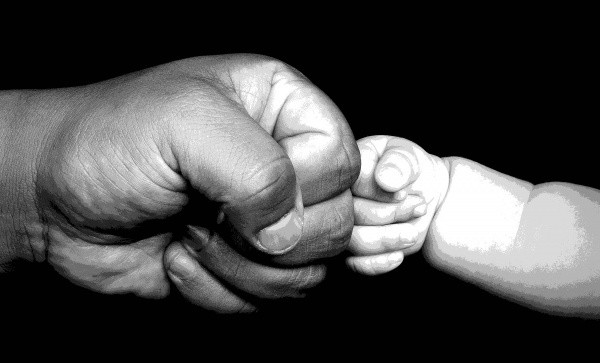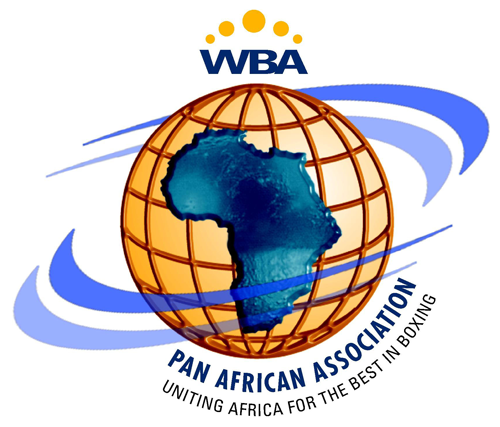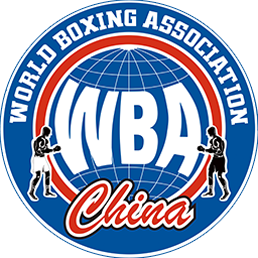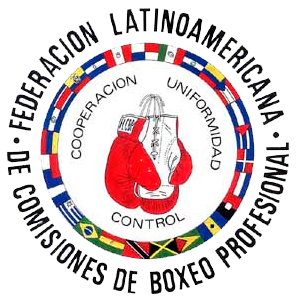Dr. Calvin H. Inalsingh
M.B.,Ch.B University of Aberdeen
Dip. Sports Medicine
During the course of a boxing onslaught, a boxer may sustain a mild or severe cut to his head by his opponent. This cut must be properly attended to in order to avert the possibility of high blood loss, trauma and weakening of a boxer’s physical condition. Care must be taken by the cut-man to treat expeditiously and effectively with this rupture of the skin. Otherwise, this may contribute to a lack-lustre performance by the boxer, and even to his defeat at the hands of his opponent who is often tempted to further open the cut in the subsequent rounds.
The head cut in boxing occurs most frequently on the bony prominence of the head. In most cases it can be caused by a head butt and also with the gloves. With a direct blow to the bony prominence, the skin above the bone is compressed to the extent that it is ruptured. In some boxers this prominence is more pronounced, so that they suffer from repeated trauma in that area. These prominences are found in the eyebrows and the cheek bones.
When a cut occurs, the blood vessels are ruptured and blood oozes or squirts depending on if a vein or an artery is cut.
Bleeding is usually profuse because the boxer is well warmed up, his heart is beating very fast and his blood pressure is high during a fight. Although the cut can cause the spill of blood to look profuse, the amount of blood loss is usually negligible and would not affect the boxer’s performance or cause a state of shock.
About 5cc of blood can be lost which is equivalent to the amount of blood taken for a blood test.
When an artery of the head is completely severed, the ends retract after a while, and bleeding stops. This recovery must be assisted in boxing during the one minute interval between rounds.
When the cut-man sees his boxer sustains a cut, he has to be prepared before the one minute interval – he has to soak a Q-tip with adrenaline (1/1000) from a newly opened ampoule and place the stick between the back of his fingers or between his lips. He then holds pieces of gauze in both hands and waits for the end of the rounds. Immediately as the bell sounds, he jumps into the ring and applies direct pressure with the gauze in one hand to the cut for at least 20 seconds. While pressure is being applied to the cut with one hand, the other hand can be wiping the spilled blood from other parts of the face. After the 20 seconds the gauze is removed from the cut and the cut is parted and the adrenaline Q-tip is applied into the cut and pressure is then reapplied for another 20 seconds. Just before the bell sounds for the beginning of the next round, the Q-tip is removed, the open edges of the skin is positioned together and vaseline can be applied to the surface of the cut.
It is against the rules to use any other substance besides adrenaline (1/1000) to stop the bleeding from a cut.
It must be noted that by wiping the blood from the cut, and not applying direct pressure immediately, will only cause more bleeding.
It would appear that the above is a simple procedure, but it must be stressed that practice and experience are most important in being efficient and competent.
Dr. Calvin Inalsingh
Chairman, World Boxing Association Medical Advisory Committee
Member, American Association of Professional Ringside Physicians
Member, Trinidad and Tobago Boxing Board of Control
April 2006














